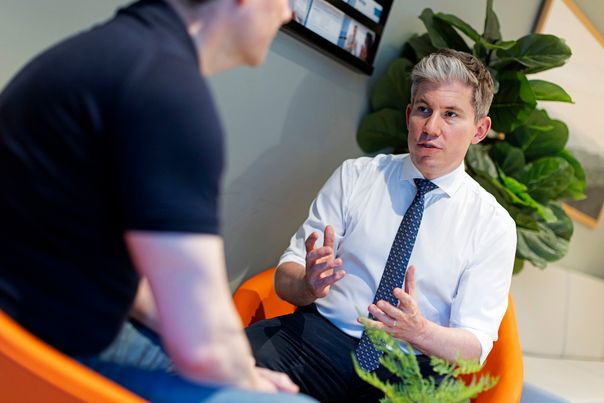My top priority is to initiate the most appropriate cancer treatment for you as soon as possible. Thankfully, I have access to all the latest cancer treatment options, including drug therapies, immunotherapy, and radiotherapy. Drawing upon my extensive experience as a cancer doctor, I've found that the most effective approach for treating melanoma skin cancer, and metastatic melanoma is a treatment plan and care pathway that is tailored to address your individual cancer treatment needs.
Choosing private treatment for your melanoma skin cancer also ensures that you'll have access to a specialist cancer doctor quickly and receive a tailored treatment plan informed by the latest developments in cancer care—and this marks just the beginning of your journey with us. As you progress through your cancer treatment, we will assist you and your loved ones, offering compassionate support, clear direction, and our steadfast dedication to being by your side every step of the way.
My private practice is affiliated with a distinguished group of hospitals in London, tailored to meet your individual needs through compassionate cancer care. One significant advantage of private hospitals is their flexibility; I can find the most effective cancer treatment and treatment centre for you, and you can decide when to undergo treatment. I am here to ensure that your lung cancer treatment causes the least disruption to your well-being and to support you in managing any side effects quickly and effectively, all while prioritising your well-being.
If you are not based in London, I welcome patients from across the UK and provide initial video consultations to collaboratively develop affordable, personalised cancer care and treatment plans. Additionally, should you require accommodation, I can assist in arranging a comfortable and convenient place for you to stay near my London practices.











